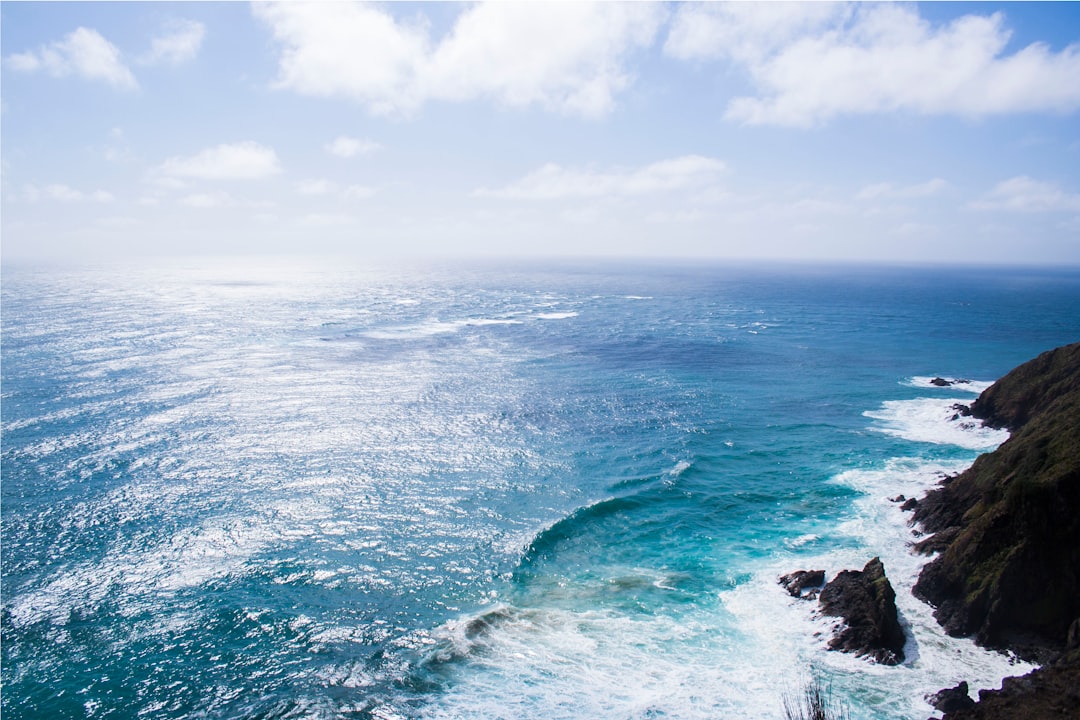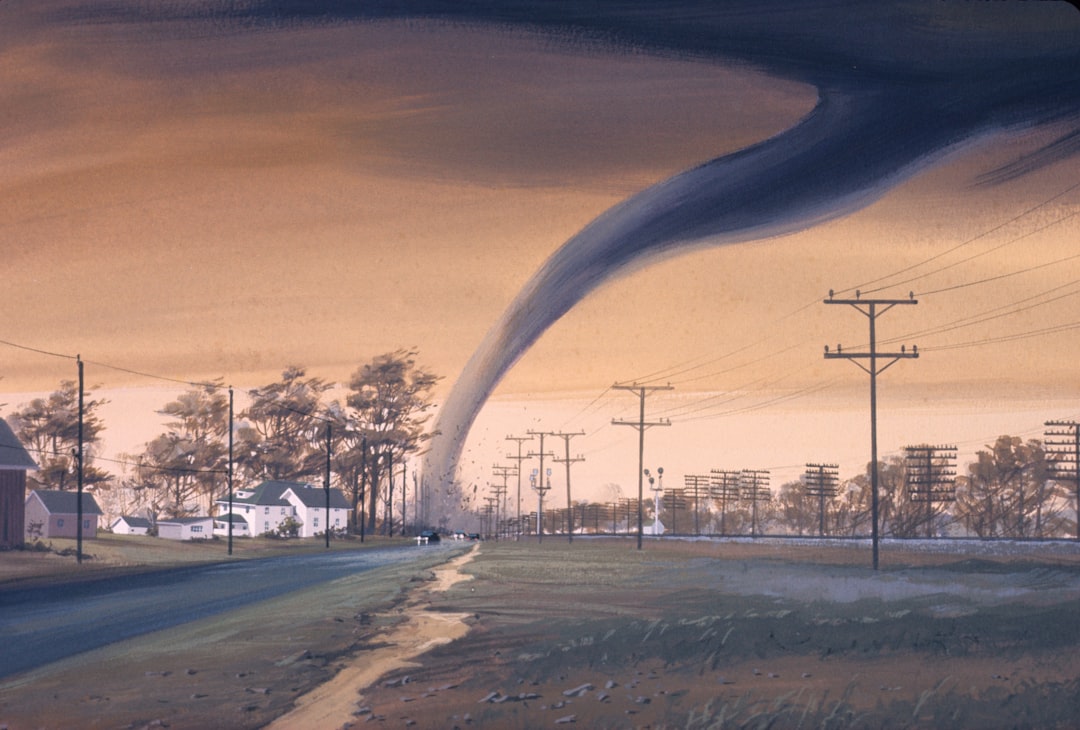What is it about?
Climate change triggers a number of feedback responses in the environment. These feedback responses, aimed at restoring balance, can be positive or negative, depending on their outcome. Positive feedback loops favor further global warming and increased heating of the Earth. Negative feedback loops have beneficial results, reducing the surface temperatures. The current models to assess climate feedback are tedious and unreliable, owing to the extensive computing required and different parameters of assessment used between models. Hence, researchers have attempt-ed to use a new method to compare climate change models. A recent study compared climate feedbacks in models that coupled feedback loops between oceans and the atmosphere. The authors found that water vapor provided the greatest positive feedback while clouds and albedo (the proportion of incident light reflected by a surface) contributed to uncertainty in the prediction of climate sensitivity. They also found that the differences in the findings of different climate change models mainly arise due to differences in surface temperatures and water vapor caused by geographical variations.
Featured Image

Photo by Joseph Barrientos on Unsplash
Why is it important?
Climate change is a multifactorial problem and has a spectrum of out-comes. Understanding specific climate change feedbacks and how each factor affects environmental change will help us know which aspects of climate change are more important and need to be prioritized. KEY TAKEAWAY Researchers have developed a consistent method to assess climate change feedback from various models, using pre-existing experimental data. This method could be useful for predicting climate sensitivity, identifying focus points, and developing ways to mitigate the environmental crisis.
Read the Original
This page is a summary of: An Assessment of Climate Feedbacks in Coupled Ocean–Atmosphere Models, Journal of Climate, July 2006, American Meteorological Society,
DOI: 10.1175/jcli3799.1.
You can read the full text:
Resources
Contributors
Be the first to contribute to this page










